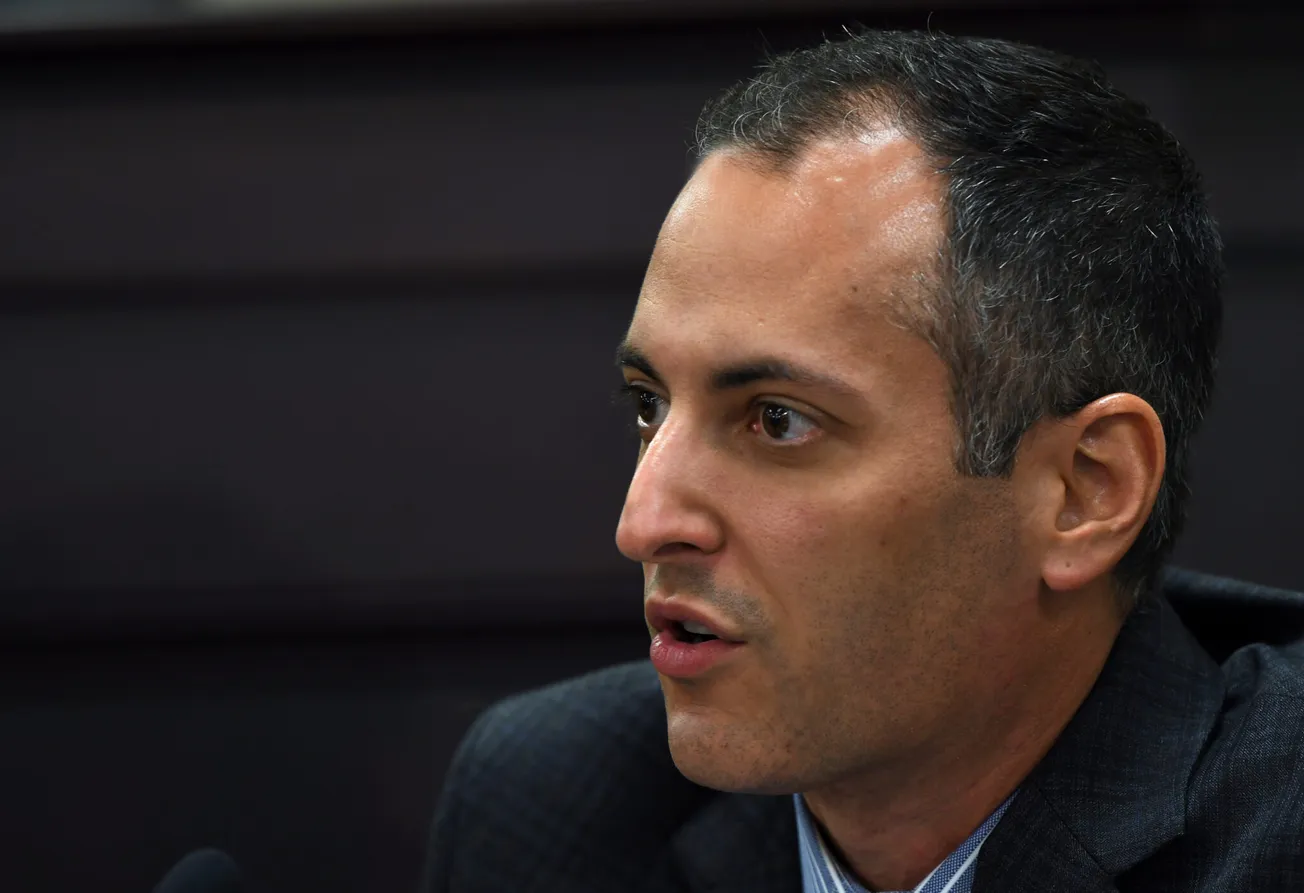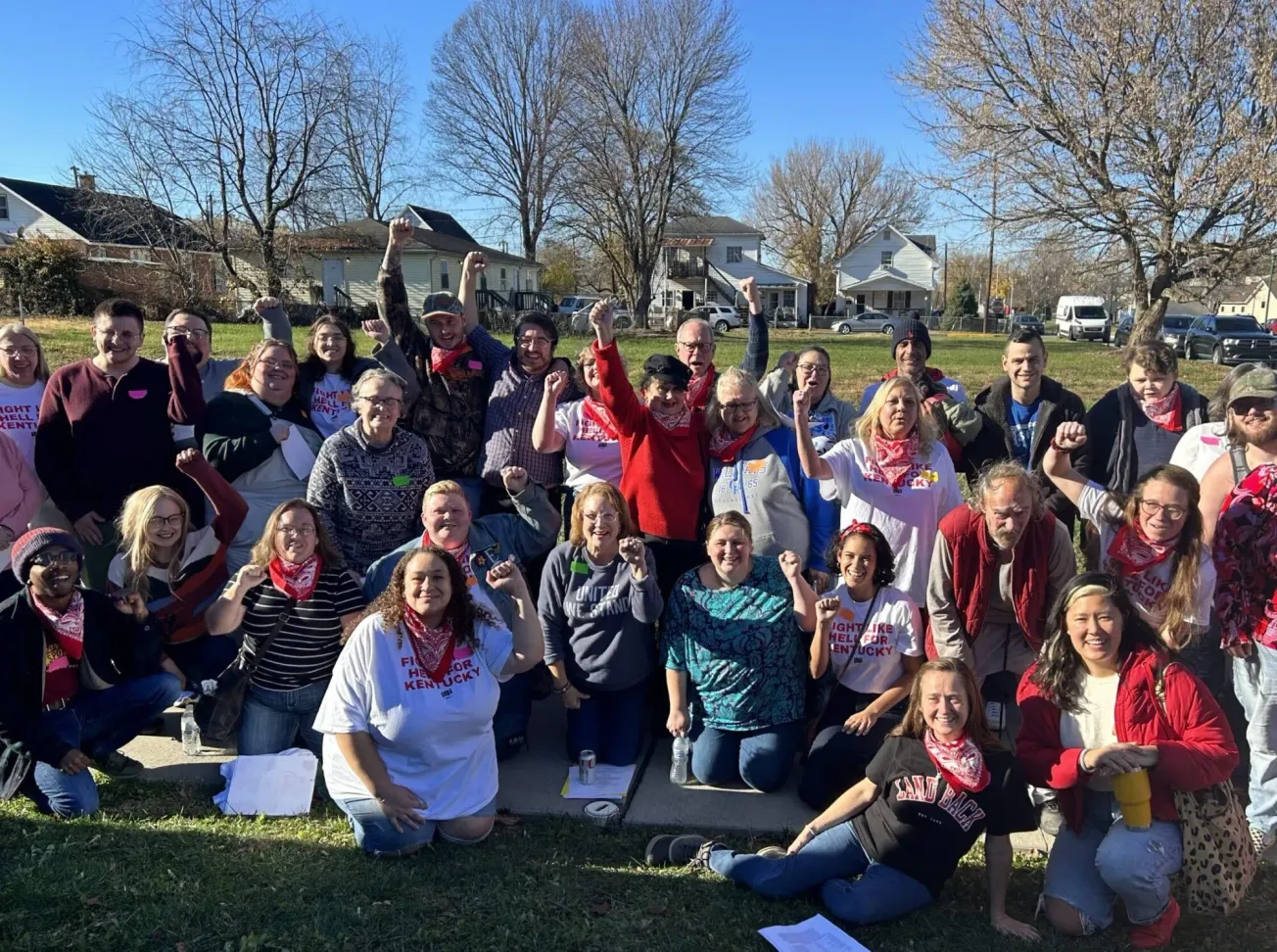The teacher shortage is real and it is catastrophic. We have known it was coming for years with teachers acting as canaries in the coal mine, warning the public that the teacher shortage would be severe.
The way education currently runs is unsustainable at best. We need to move quickly and decisively to correct course and save a public good that everyone, even people without children, benefit from. All of us are better off with an educated populace that is able to think critically. So what can we do?
As a college student, when I told people I was going to be a teacher, most of my peers scoffed and asked “Why?” This was almost 20 years ago, so the decline in folks desiring to be educators started well before COVID.
Most of my peers were searching for careers that were lucrative and could support a family. The pay is certainly a determining factor for many people deciding against education as a career pathway. Teachers are paid around 23.5% less than college graduates with comparable credentials. After spending tens of thousands of dollars to get a degree to teach, teachers usually make less than someone elected to serve on the Louisville Metro Council, something that is a part-time job. Many end up working a second job, or even a third, just to make ends meet between a lower pay than their comparable peers and paying off hefty student loans.
Before teachers even enter the real work force, they are expected to pay for the privilege of working a full work week through student teaching. Student teaching is the same hours and workload as a certified teacher with evening classes and assignments added into the mix. While other professions offer externships and paid apprenticeships, teachers pay thousands of dollars for the ability to prove their competency through real world job experience. It’s past time to correct this mistake and pay student teachers for their time and work.
Our mentorship programs are in dire need of revamping. When we lost the Kentucky Teacher Internship Program (KTIP) years ago, nothing came along to replace what used to be a good program that aided teachers and matched them with mentors. KTIP was not perfect by a long shot. Instead, our mentorship programs need to be tiered to slowly release educators to full workloads. Teachers should be in a multi-year mentorship that pairs them with multiple mentors and coteachers to help them gain experience and confidence in the classroom. Mentor teachers would also benefit from finding out new strategies from beginning teachers.
In addition to training, the teacher workload needs major readjustments. Teachers often talk about class size and that is in desperate need of adjusting. For example, it is within contract for me to have 31 students in a single class and 150 students total for the day. If I did nothing but one-on-one conferences in one day, each student would get just under 2 minutes of my time during a 50 minute class. This is unfair to teachers as we try to keep up with our workload, but it’s beyond unfair to children. Students would also be able to receive more valuable, thorough feedback from their teachers if we could spend more time addressing individual students.
Finally, teachers need more preparation time during the work day. Teaching is a series of presentations where you are in charge of the learning of everyone in the room. Most teachers have a single planning period a day in order to get their entire work day set up, plus grade papers, plus contact parents and guardians at home, plus maybe use the restroom or eat. We are contractually obligated to get fifty minutes a day of planning. Lesson planning, grading, and contacting homes cannot be done during class time because we have to be supervising and monitoring students while they’re with us. When do we get that done? On unpaid time such as nights and weekends.
Increasing pay, lengthening and strengthening training programs with pay, lowering class size, and increasing planning time are all beneficial to teachers, but they’re also beneficial to students. Well-trained, prepared educators who can give more one-on-one time and more robust feedback help students achieve more. Instead of increasing testing budgets and increasing testing time, students need to be spending more time with dedicated educators who have the resources to help them succeed. We have to fix the teacher shortage and the best way to do that is by listening to teachers. We’ve been very transparent about what we need and what would be beneficial to students. It’s up to the government to decide our children are worth the investment.
--30--
Written by Emilie McKiernan Blanton, who is a 14-year educator who works in Jefferson County Public Schools.







